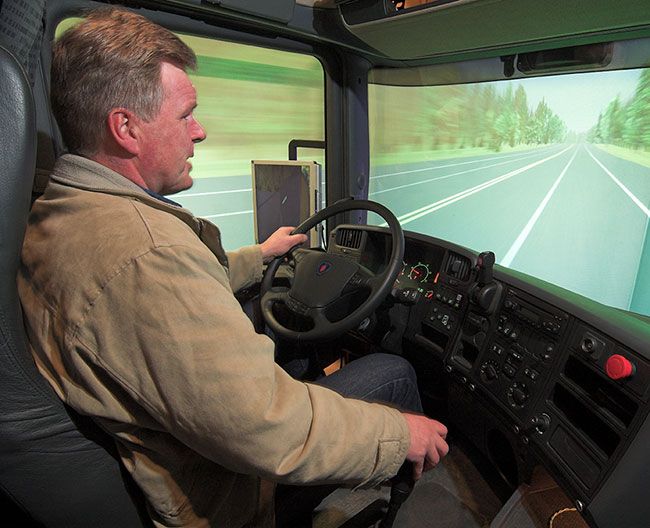ABOUT OUR COMPANY

There is a reason our customers trust us…
The “new” rules and procedures for making drivers and highways safer may be having a negative impact. Is it the intent of the rule makers to make these rules so confusing that only those that paid attention in math class can be a driver or run a trucking company? I have a real concern that our transportation network will break down, as more and more drivers get frustrated with the complexity and double speak of the hours of service rules . . .
PRODUCTS
U.S. DOT SAFETY REGULATIONS
Trans Products is your solution to compliance with the U.S. DOT safety regulations. Our regulatory items are up to date. All of our forms are easy to understand and complete. We pride ourselves on the top quality merchandise we sell.
SERVICES
Assisting you in your on-going efforts
Tran Services offers many services to assist you in your on-going efforts to stay in compliance with ever-changing regulations. Our knowledgeable staff is constantly reviewing and resolving regulatory issues.

100% MONEY BACK GUARANTEE
You must be 100% satisfied with every product you order from Trans Products.
Our Answers to Your Questions
Does it matter how many vehicles are registered with the International Registration Plan?
No. It does not matter how many vehicles are registered with the International Registration Plan (IRP). The Electronic Logging Device (ELD) exemptions apply to the Hours of Service rules not the IRP.
Should the model year follow the criteria established by the National Highway Traffic Safety Administration (NHTSA
When a vehicle is registered, the model year should follow the criteria established by the National Highway Traffic Safety Administration (NHTSA). So, yes, there may be instances where the model year reflected on the vehicle registration is not the same as the engine model year, most commonly when a vehicle is rebuilt using a “glider kit.” In this instance, an inspector/investigator should use the model year on the engine to determine if the driver is exempt from the ELD requirements. If the engine model year is older than 2000, the driver is not subject to the ELD rule. In instances in which the engine model year is 2000 or newer, and the vehicle registration reflects a model year older than 2000, the driver is subject to the ELD rule. While the driver is not required to possess documentation that confirms the vehicle engine model year. 49 CFR Part 379 Appendix A, requires motor carriers to maintain all documentation on motor and engine changes at the principle place of business. If a determination cannot be made at the roadside, Law Enforcement should refer the case for further investigation.
I have a perscription for legalized marijuana. How does that affect me as a commercial driver?
Marijuana, including a mixture or preparation containing marijuana, continues to be classified as a Schedule I controlled substance by the Drug Enforcement Administration (DEA) in 21 CFR §1308.11. Under the Federal Motor Carrier Safety Regulations (FMCSRs), a person is not physically qualified to drive a CMV if he or she uses any Schedule I controlled substance such as marijuana. (See 49 CFR §§391.11(b)(4) and 391.41(b)(12)). In addition to the physical qualification requirements, the FMCSRs prohibit a driver from being in possession of or under the influence of any Schedule I controlled substance, including marijuana, while on duty, and prohibits motor carriers from permitting a driver to be on duty if he or she possesses, is under the influence of, or uses a Schedule I controlled substance. (§§ 392.2 and 392.4). Legalization of marijuana use by States and other jurisdictions also has not modified the DOT’s drug testing regulations in 49 CFR parts 40 and 382.
What Our Customers Says ?



